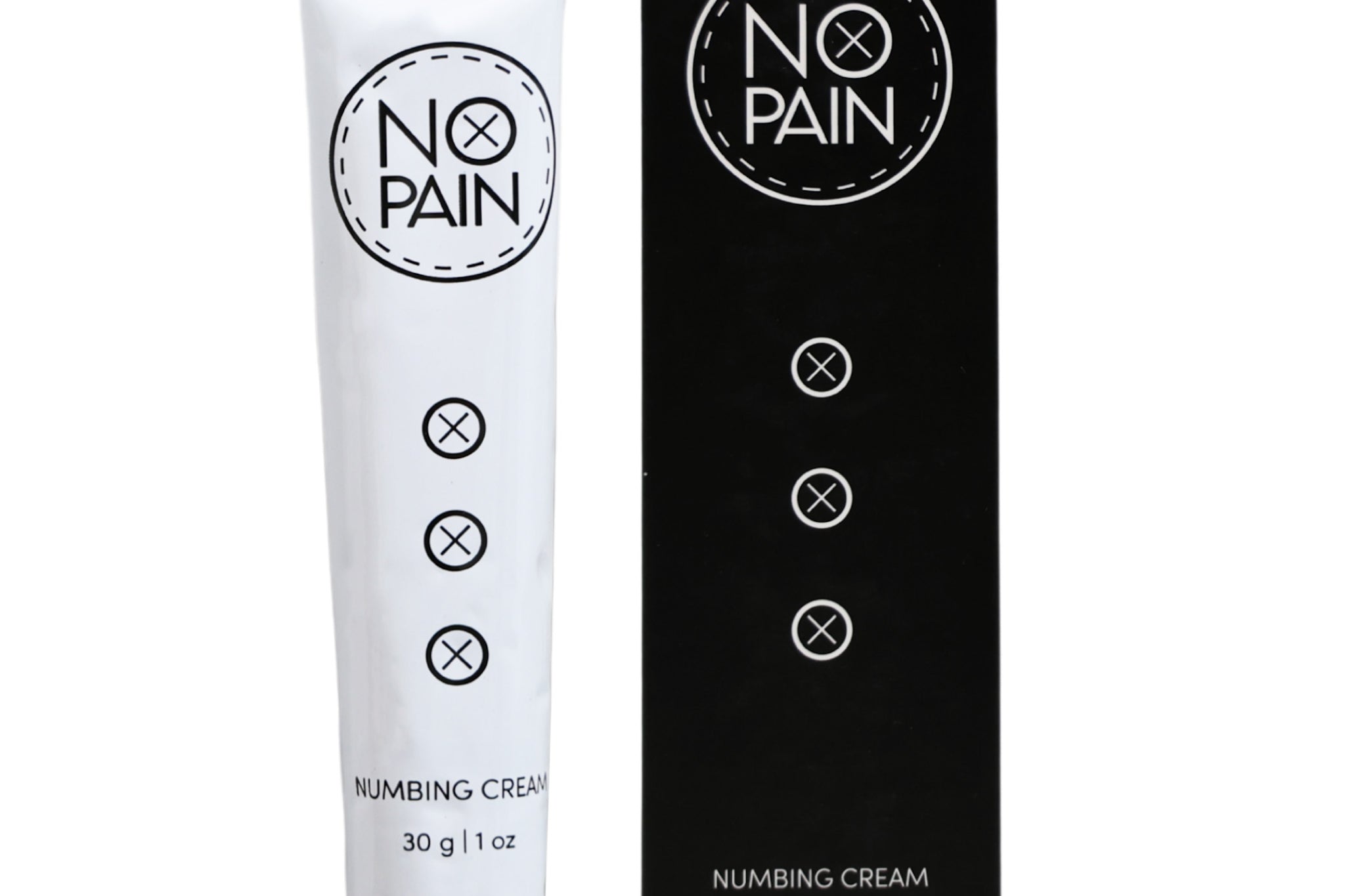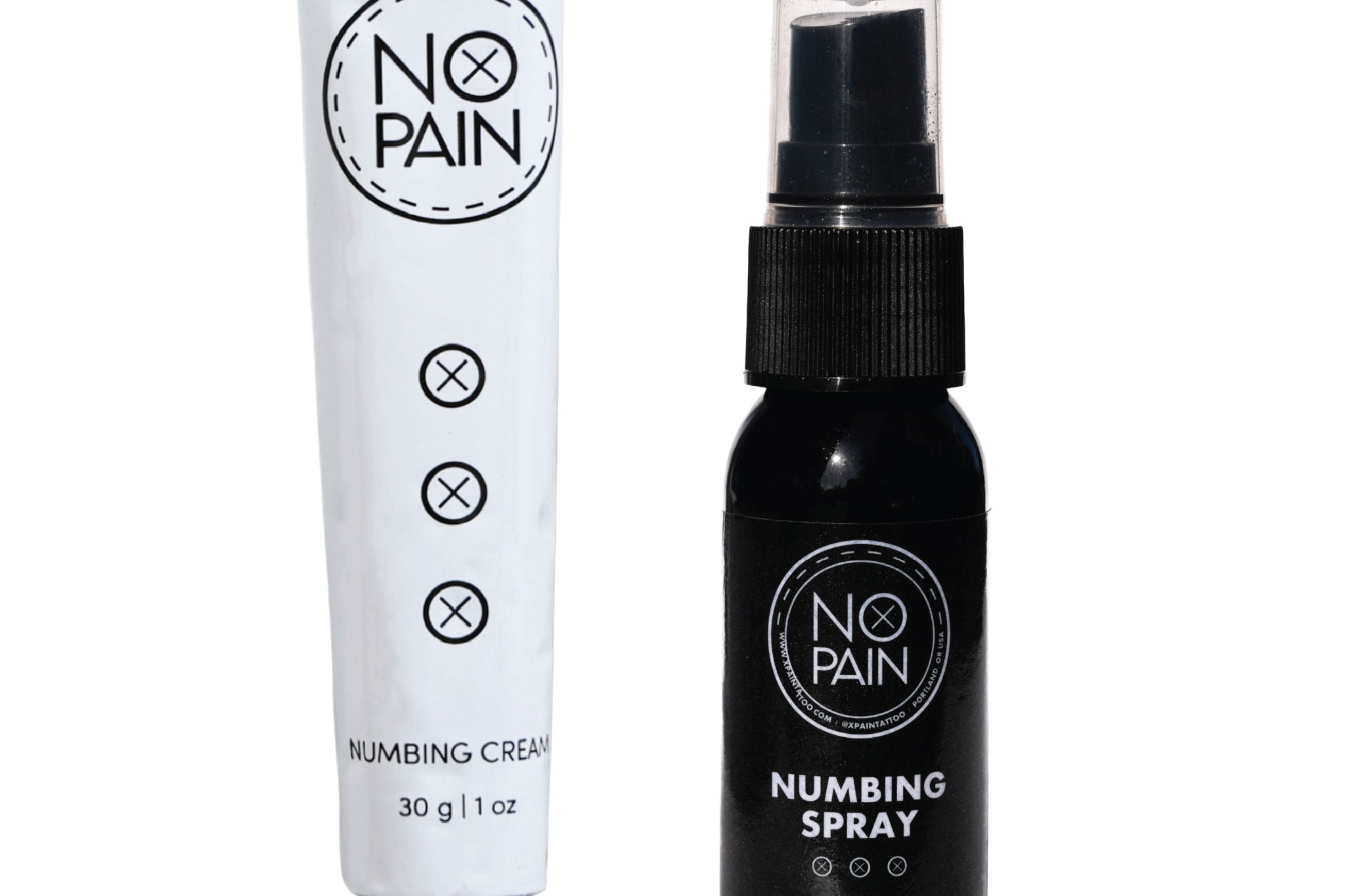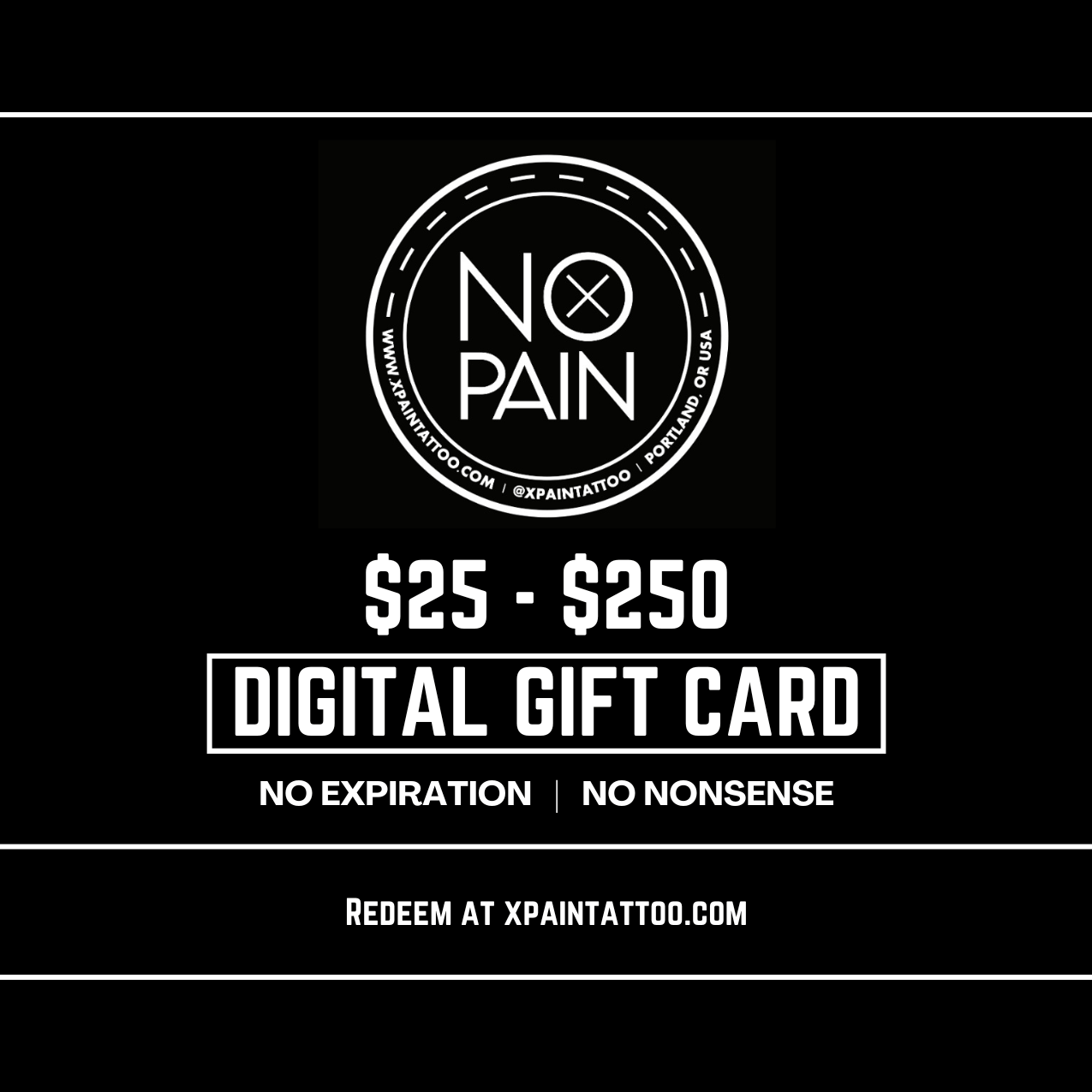You've just gotten home from your tattoo appointment. You peel back the initial wrap to clean your new art for the first time, and as you gently pat it with a paper towel, you see a smear of color. A wave of panic sets in.
Is your tattoo falling out? Is the ink coming off? Is it supposed to do that?
Take a deep breath. Not only is this experience completely normal, but it's also a healthy and expected part of the tattoo healing process. Let's break down what's happening to your skin and how to care for it properly.
What Is That "Inky Goop"? Unpacking the Weeping Phase
The first thing to understand is that a new tattoo is a collection of thousands of tiny puncture wounds, making it an open wound. As soon as your artist finishes, your body's natural healing response kicks into high gear. This is what you're seeing on that paper towel.
The fluid "weeping" from your new tattoo is a combination of three things:
-
Plasma and Lymph: These are clear bodily fluids that are essential for healing. They are packed with antibodies and white blood cells that rush to the "injury" site to begin cleaning the wound, fighting off bacteria, and starting the tissue regeneration process.
-
Excess Ink: To ensure a tattoo is saturated and vibrant, an artist has to pack more ink into the skin than it can actually hold. The ink that gets locked into the dermis (the second layer of skin) is permanent. But any excess ink that is sitting in the epidermis (the top, shedding layer of skin) will be pushed out by your body.
-
The "Ink Sac": If your artist used an adhesive bandage like Saniderm, this same mixture of plasma and excess ink is what creates that dark, inky "soup" that forms underneath the bandage. It's the same process, just contained.
In short, your body is simply cleaning the area and pushing out anything it doesn't need to create a beautifully healed tattoo.
How to Properly Manage the Weeping Phase
This weeping is most active in the first 24-48 hours. Your main goal during this time is to gently wash this fluid away so it can't dry and form thick, heavy scabs. Heavy scabs are the real enemy, as they can pull out the underlying ink when they fall off.
-
The Golden Rule: Keep It Clean. This is where a proper tattoo wash is non-negotiable. Do not use a harsh bar soap or scented body wash, as they can be full of irritants. You need a gentle, antimicrobial cleanser specifically designed for healing tattoos. Our No Pain Tattoo Cleansing Foam is perfect for this. Its rich foam allows you to clean the entire area thoroughly without scrubbing, gently lifting away the weeping plasma and excess ink. You should wash your new tattoo this way 2-3 times a day.
-
Pat, Don't Rub. After washing, always gently pat the area dry with a clean paper towel. A shared cloth towel can harbor bacteria and its texture can be too abrasive.
-
Moisturize Lightly. After the tattoo is clean and dry, it needs a bit of moisture. For these first few sensitive days, our No Pain Tattoo Soothing Gel is ideal. It's a lightweight formula that provides hydration and calms redness without being heavy or greasy, which is perfect for skin that is still weeping.
Normal Weeping vs. a Sign of a Problem
While weeping is normal, it's also important to know the signs of a potential infection.
What's Normal:
-
Clear or slightly yellowish fluid, often tinted with the color of your tattoo ink.
-
Redness and warmth around the tattoo, similar to a sunburn.
-
Minor swelling.
-
This process typically lasts 1-3 days.
What's NOT Normal (See a Doctor):
-
Thick, opaque, yellow or greenish pus.
-
A foul odor coming from the tattoo.
-
Excessive, painful redness that spreads outwards from the tattoo (red streaks are a major red flag).
-
Swelling that worsens after a few days.
-
A fever or feeling unwell.
If you experience any of these abnormal symptoms, contact your artist and see a medical professional immediately.
Seeing some ink and fluid on your paper towel is a healthy and normal sign that your body has started the healing process. By understanding this weeping phase and using a proper aftercare routine, like the one provided in our No Pain Tattoo Aftercare Bundle, you can be confident that your tattoo isn't "falling out"—it's just taking the first essential step toward becoming a beautifully healed piece of art.




